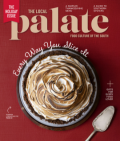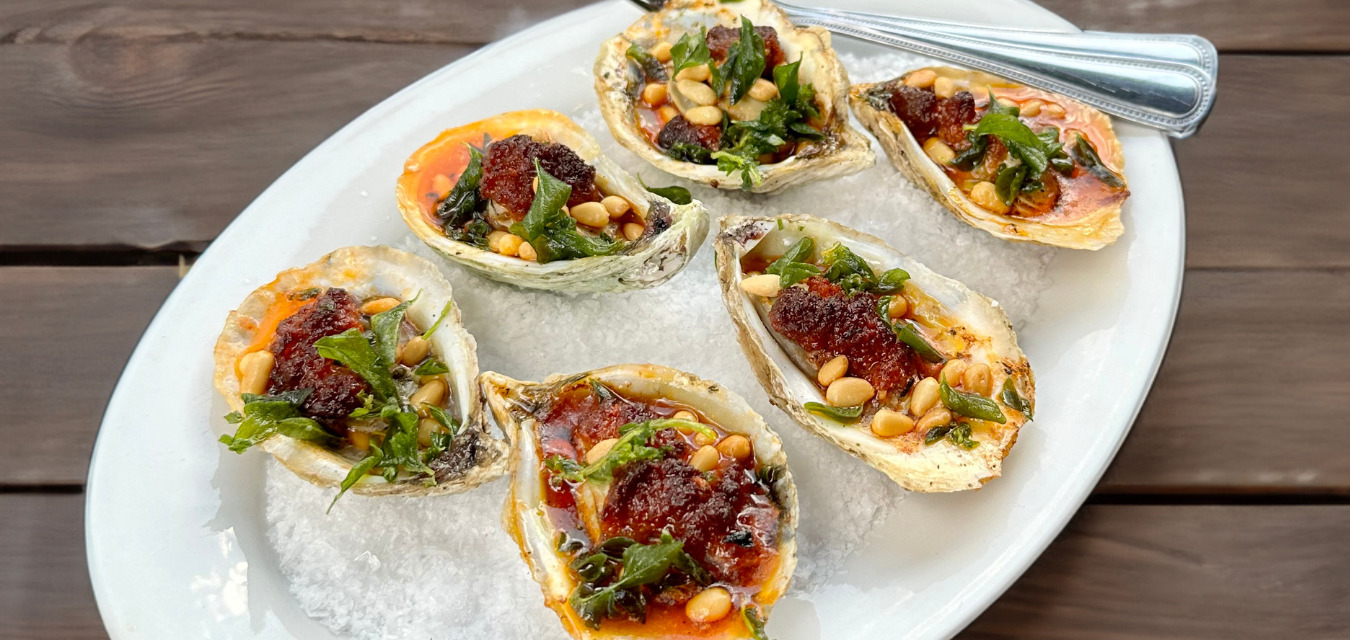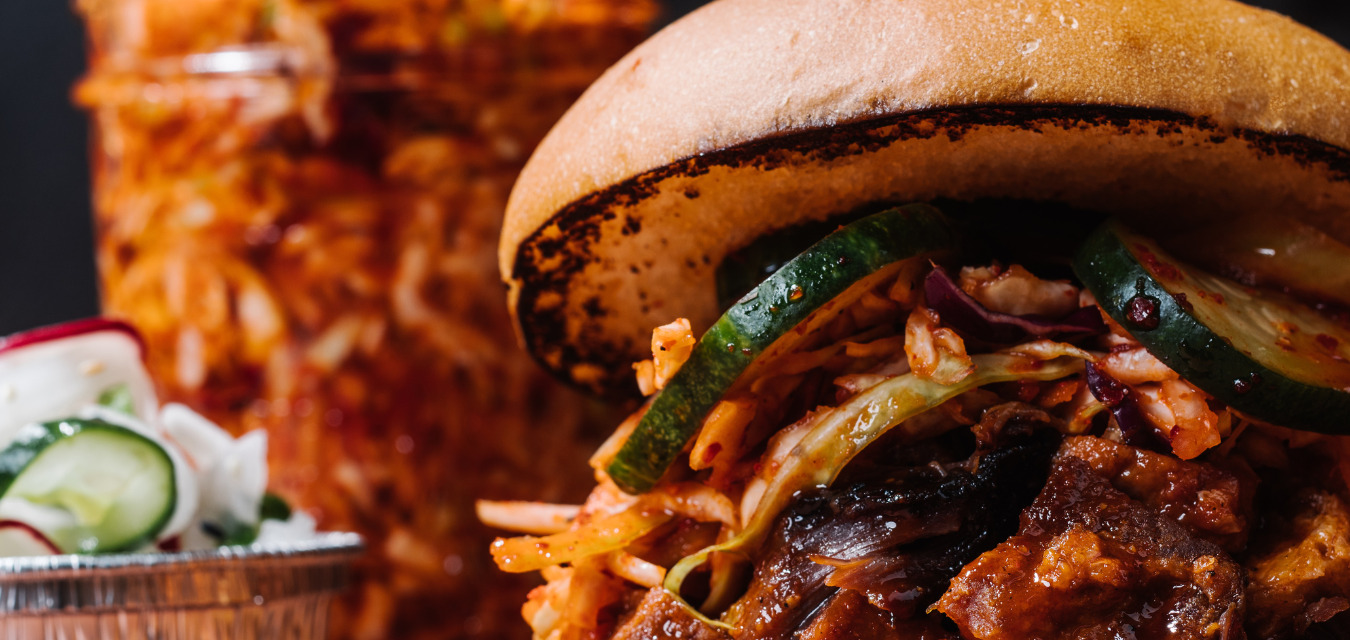Elevate apple compote with the bright and complex flavors of preserved lemons.
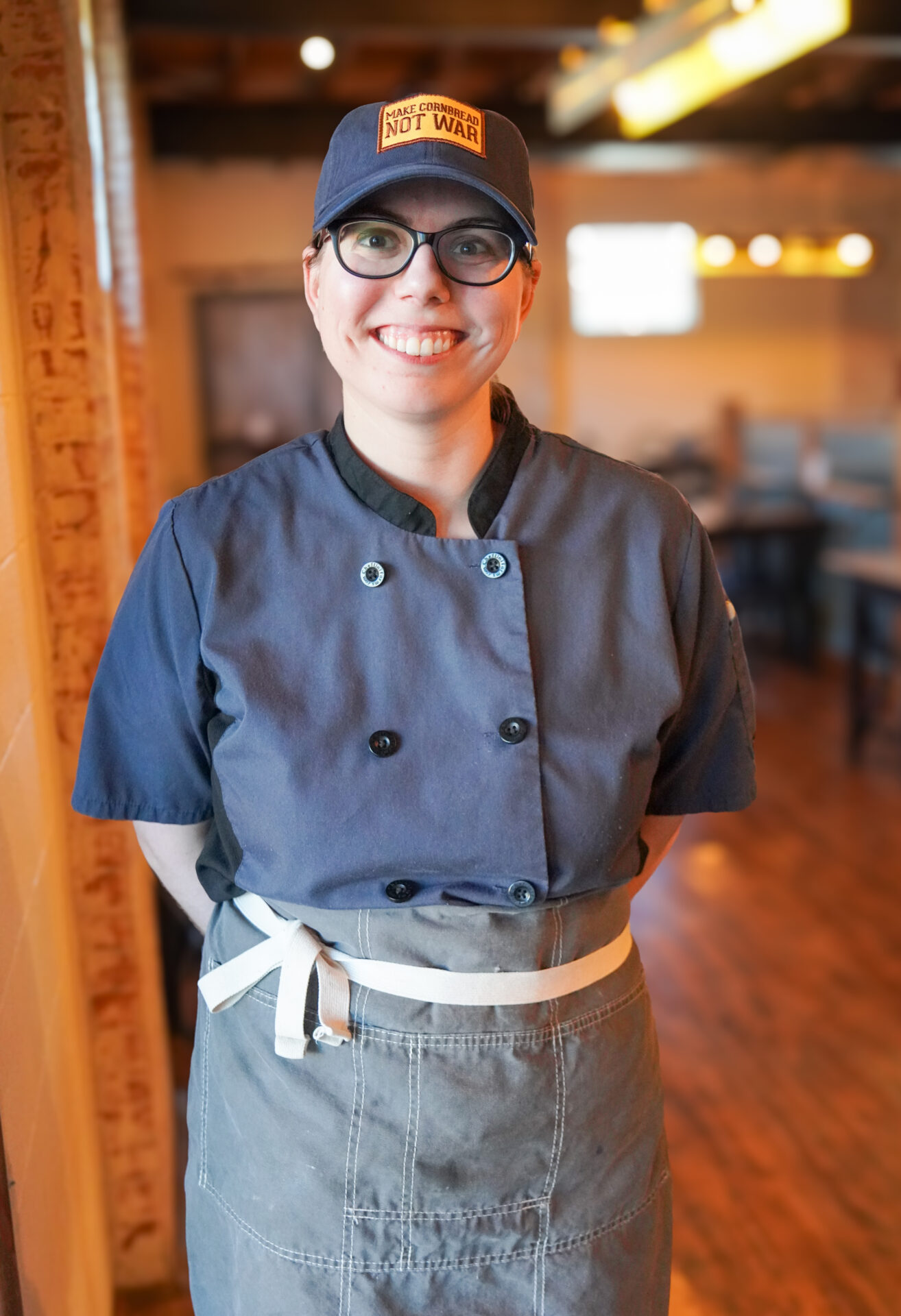
The art of preserving lemons is a waiting game, as the magic happens over time. In Shepherdstown, West Virginia, Chelsea Hott of Alma Bea makes her own by immersing whole lemons in a mixture of salt and lemon juice and allowing them to ferment for several weeks. The result is a soft, intensely flavored lemon with a rich, salty tang. Hott turns to this pantry staple at the restaurant for everything from roasted frog legs to Carolina rice pilaf.
“Preserved lemons are unique,” says Hott. “You have to rinse them off entirely before you can use them as an ingredient, and waiting for a month is probably the hardest part, but it is worth it. The flavor is mellowed compared to a fresh lemon; however, the brightness is still there, and the texture softens without turning to a mushy mess.”
This preservation method not only extends the shelf life of lemons but also amplifies their taste, making them a wonderful addition to a variety of recipes, like Alma Bea’s apple compote, which they pair with several dishes including french toast, buttermilk panna cotta, and slow-roasted heirloom grits. Hott’s simple recipe combines the natural sweetness of apples with warming spices like cinnamon and nutmeg, and the addition of preserved lemon elevates the comforting treat with a burst of brightness and complexity.
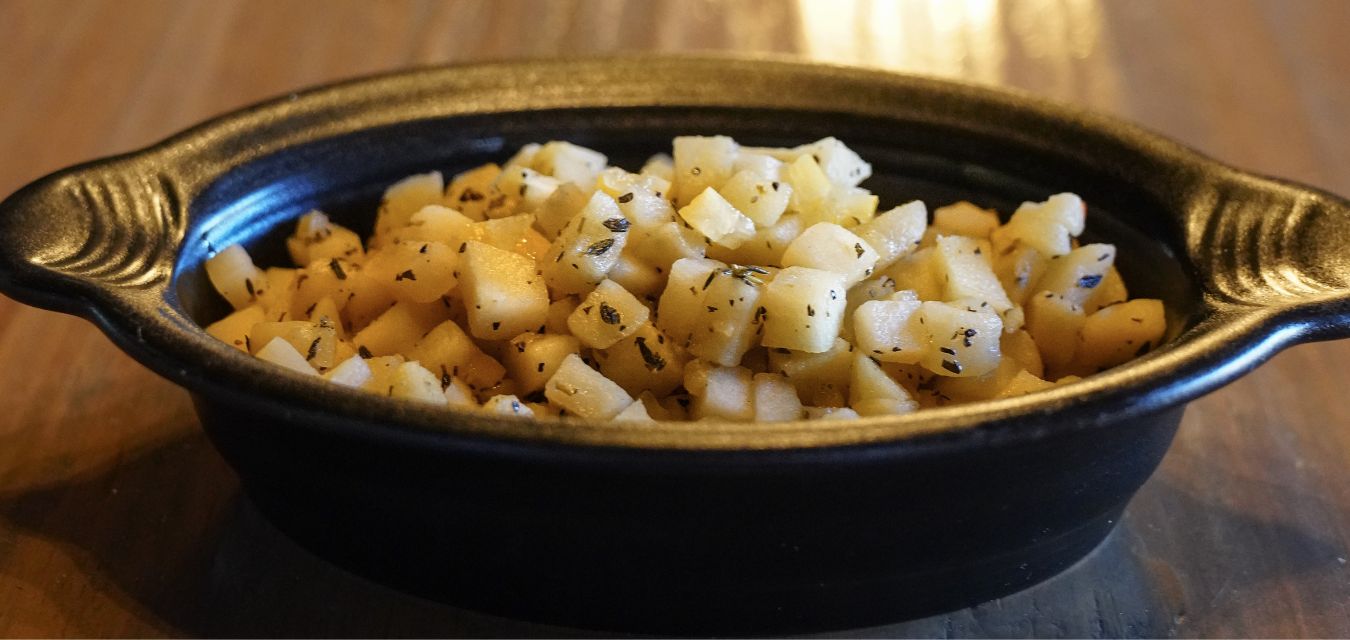
Apple Compote with Preserved Lemons 
yields
Makes 1 quart
2 tablespoons butter
1½ teaspoons oil
5 Granny Smith apples, diced
1½ tablespoons thyme leaves, minced
1 tablespoon preserved lemon rind, rinsed and minced
1 teaspoon sugar
2 tablespoons hot honey
2 tablespoons brandy
Pinch of pepper
ingredients
steps
- In a large sauté pan, heat butter and oil over medium heat. Add apples, thyme, preserved lemon, sugar, and honey. Sauté apples, flipping occasionally until they become soft.
- Add brandy and cook 1 more minute. Add pepper as needed. Serve warm or cold.
keep reading
Key Ingredient
Key Ingredient: How Do You N’duja?
Inspired by spice-ridden Calabrian cuisine, Chaz Lindsay’s key ingredient to his roasted oysters is firey n’duja, an Italian sausage spread.
Key Ingredient
Key Ingredient: No Small Peanuts
Tyler Brown enhances the flavor and texture of famous blister-fried peanuts by Hubs Peanuts, created by Dot Hubbard, celebrating 70 years.
Key Ingredient
Key Ingredient: Barbecue Pickled Cabbage
According to this seasoned Columbia chef, pickling is for rebels, and this barbecue pickled cabbage might just be your next sandwich staple.
share
keep reading
-
12 Recipes for a Vegetarian Thanksgiving
by Emilee Calametti -
A Simpler Thanksgiving
by TLP Editors -
Halloween Recipe Round-Up
by TLP Editors -
The Swordfish Sea Change
by Emily Havener -
The Harvest: Apple Recipe Round-Up
by Brianna Connelly
